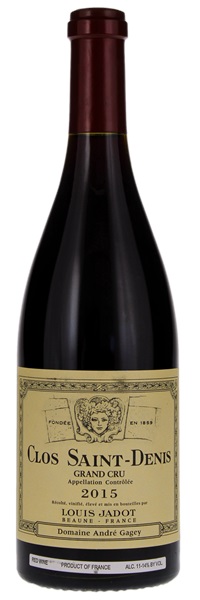
Image above is an example. To view the image of the lot, click the item number.
Estimate
...very impressive dark berry, sous-bois, incense and iris-scented bouquet that is beautifully defined...palate is medium-bodied with fine balance and structure...layers of dark berry fruit here laced with chalk and a dash of black pepper, but what really elevates this is the precision and focus on the finish...